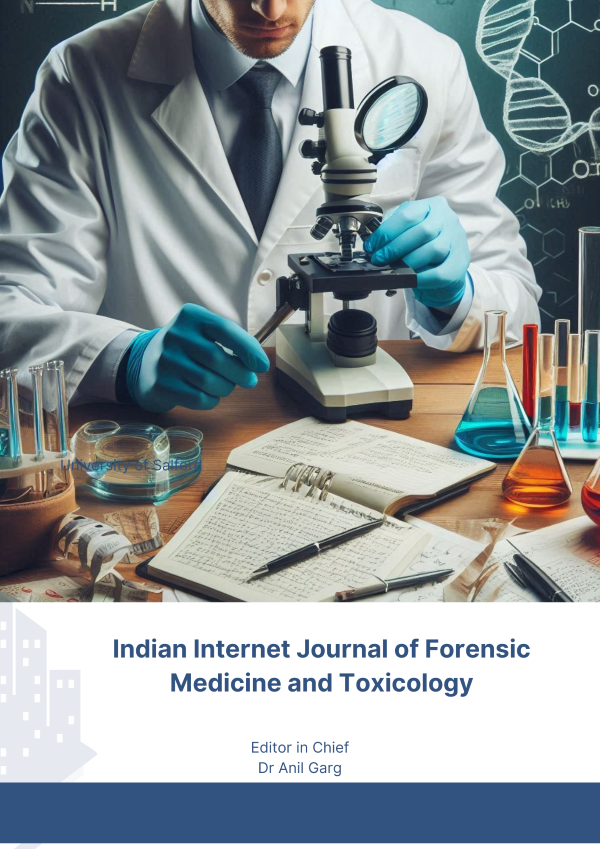Linguistics – “Study of Language” in Forensic
DOI:
https://doi.org/10.48165/Keywords:
Language, Linguistic, Forensic, Forensic linguistic, Communication, SpeechAbstract
Language is a system of communication. In this broad sense, human language is a code that communicates meaning, as do other types of communication systems such as animal sounds and movements, traffic control signs and lights, human gestures and body language, and even computer source code and others. Human language is a system of communication that combines sounds with meanings to produce what people know and use as natural language. The goal of the linguist is to understand units of language, their possible rule governed combinations, and the conditions for how language is used, as well as the norms of correct and appropriate language for a given speech community. Although the linguistic study of language is well established, linguistics is something new for many jurors, judges, attorneys and other forensic specialists. Forensic linguistics is not a new field, but over the past few years it has become more structured and better defined within the academic and forensic communities. An understanding of language, linguistics, and the field of forensic linguistics will develop a more informed understanding of recent advances in the theory and method of forensic Linguistics.
Downloads
References
1. Gerald R M , Dongdoo C, Mistry P J, Morton S, Yasuda W. Forensic Linguistics-Advances in Forensic Stylistics, 2nd Ed;2002.
2. Dyson A H. Advances in Writing Research: Children’s Early Writing Development. Ablex, Norwood 1985: 59–125.
3. Dyson A H. The role of oral language in the early writing process. Res. Teaching English 1983; 17:1–30.
4. Lamme L. Handwriting in an early childhood curriculum. Young Children 1979; 35: 20–27.
5. McCutchen D. A capacity theory of writing: working memory in composition. Educ Psychol Rev. 1996; 8(3):299–325.
6. McCutchen D. Individual differences in writing: implications of translating uency. J Educ Psychol. 1994; 86(2):256–266.
7. Nelson K. Individual differences in language development: implications for development and language. Develop Psychol 1981; 17:170–187.
8. Paulesu E. Dyslexia: cultural diversity and biological unity. Science 2001; 291:2165–2167.

